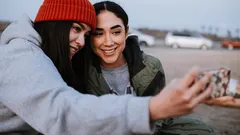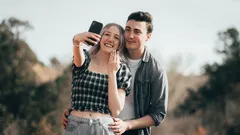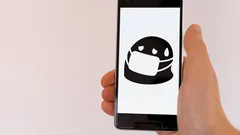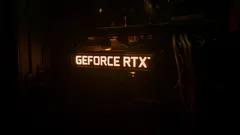
It’s difficult to browse TikTok or Instagram these days without discovering an exciting new challenge that everyone seems to be attempting. But beneath the fun, a darker reality is present. Certain viral events have led to tragedy, devastating families and raising grave concerns about the safety of children online. Do you know the warning signs that a potentially dangerous trend has affected someone you care about?
The Allure (and Risk) of Viral Challenges
The draw of viral social media challenges is their reach—millions of likes, views, and instant fame. For American teens who seek validation and a sense of belonging, it’s easy to get swept up. However, not all internet trends are harmless dances. Some, like the Blackout Challenge, push boundaries to life-threatening extremes.
The "Blackout Challenge": What Went Wrong?

The most shocking example is the Blackout Challenge, which asks participants to choke themselves until they can’t breathe in pursuit of a temporary "high." Tragically, this online stunt has been connected to several fatal incidents among children and teens. In a widely publicized case, the victim was a 12-year-old who sadly died in their room after attempting the challenge—reportedly discovered through TikTok. No app should ever result in such devastating loss.
Why Teens Are Vulnerable—and How Platforms Respond
Adolescents are still developing their judgment—especially when it comes to understanding the real consequences of online entertainment versus the thrill. The lure of "likes" and social approval is strong. According to the American Academy of Pediatrics, over 70 percent of U.S. teens use TikTok every week. While platforms such as TikTok say they remove harmful content, often these measures come too late for the most vulnerable users.
Social media-related challenges can go viral within minutes, but the security measures implemented by platforms don’t keep pace with these trends.
Spotting the Signs: What Parents and Friends Can Do
Recognizing the warning signs of dangerous online behavior can save lives. Parents and children should watch for sudden enthusiasm for risky trends, secretiveness with devices, or unexplained injuries. More helpful than policing, open dialogue may bring positive change. Many parents use parental control applications and set screen time limits, but building trust is often the best protection. It’s crucial to teach kids to question online "dares" and provide an unbiased support system if they have concerns.
The Role of Digital Literacy in Prevention
Families and schools are increasingly incorporating digital literacy education to help children recognize and avoid risky online behaviors. Encouraging critical thinking and instilling the idea that "going viral" is never worth risking anyone’s safety is vital. These lessons are as crucial as learning to cross the street or avoid strangers.
Practical Steps for Safer Social Media Use
- Stay updated on trending topics across TikTok and other platforms.
- Set clear guidelines for device use and permissible content.
- Regularly discuss the risks of online trends and use real-world examples to illustrate points.
- Install parental control software to filter out harmful material.
- Create a safe and honest environment so your child feels comfortable sharing fears or experiences.
The emotional toll cannot be overstated. As an adult, I find it terrifying to consider that a few minutes on a screen might lead to irrevocable consequences. The dangers of risky online games and viral challenges are real—and no family is truly immune.
The stories behind these trends remind us that the online world—with all its entertainment and connectivity—comes with real risks. Thoughtful parental guidance, accurate information, and honest dialogue are the tools we need. For worried parents, it’s never too late to ask: how can you recognize and avoid risky online games?
 W3 CodeCraft
W3 CodeCraft















Comments